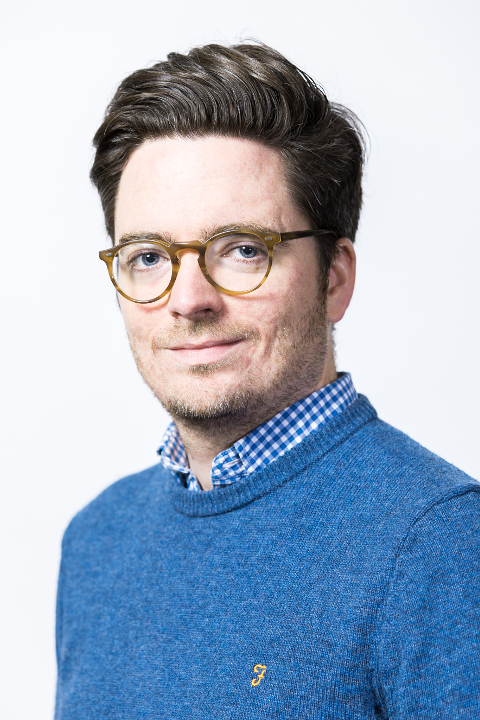
Civil and Environmental Engineering

Rory Hadden holds a Personal Chair in Fire Science. Previously he was the Rushbrook Senior Lecturer in Fire Investigation. Prior to joining the University of Edinburgh he held positions at University of Western Ontario and Imperial College London.
His research interests include pyrolysis, ignition, flammability and flame spread with application to the built and natural environments. Rory specialises in experimental work ranging from laboratory scale studies to field scale measurements of fire phenomena with novel sensing methods.
PhD Engineering - University of Edinburgh - 2011
MEng (1st Class) Chemical Engineering - University of Edinburgh - 2007
CIVE09023 Fire Safety Engineering 3
CIVE10011 Fire Science and Fire Dynamics 4
PGEE11243 Fire Science Lab
- Material flammability.
- Flame spread.
- Fire emissions.
- Wildfire ignition, spread, emissions and risk assessment.
- Fire investigation.
Investigation of fires and wildfires.
I am always interested to talk to anyone with an interest in fire science, fire engineering and how we understand fires and their impacts. Feel free to get in touch.
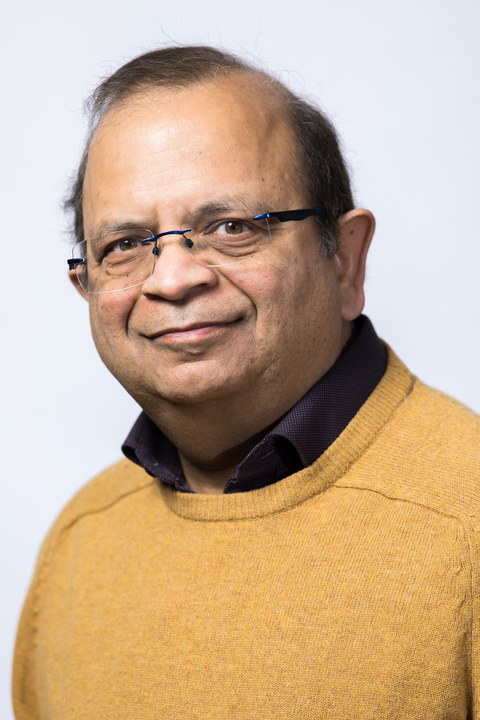
Professor Pankaj obtained his undergraduate degree in Civil Engineering from Indian Institute of Technology, Delhi, masters from Indian Institute of Technology, Roorkee and PhD from University of Wales Swansea. He is the Deputy Head of the Institute for Bioengineering at Edinburgh University. He established and leads the Edinburgh Computational Biomechanics research group. He has research collaborations with universities around the globe and his research has been supported by international organisations, the industry and UK funding councils.
In his role as International Dean for South Asia he provides leadership in the development of a strategy to shape activities, partnerships and priorities to enhance the University’s engagement with the region.
Research supervised by him has received a number of awards:
- Best PhD thesis in In silico Medicine awarded by Virtual Physiological Human institute (VPHi) (Belgium) to PhD student F. Levrero-Florencio (2018)
- DePuy Best Medical Engineering PhD, runners-up prize awarded by Institution of Mechanical Engineers (UK) to PhD student F. Levrero-Florencio (2018).
- British Orthopaedic Research Society's International Travelling Research Fellowship for Young Investigators awarded to Alisdair MacLeod for his PhD research (2016).
- Best presentation award from the Scottish Committee for Orthopaedics and Trauma at their annual meeting to MD student C Scott (2015).
- British Orthopaedic Association's Hip and Knee Reconstruction Fellowship awarded to MD student C Scott (2015).
- Best Poster Award at the 2016 British Orthopaedic Research Society Meeting, for the study entitled \the changing microarchitecture of trabecular bone with high strain" (authors: Wallace, Manda, Sales, Simpson and Pankaj).
- IMechE/Vicon prize for the best Medical Engineering Project awarded to MD student C Scott (2013).
- Best Paper Award at the 2011 International Conference of Systems Biology and Bioengineering for the paper entitled “Computational Modelling of Magnetic Resonance Elastography Shear Wave Behaviour through Atherosclerotic Plaque with Disease Development" (authors: Thomas-Seale, Pankaj, Hoskins and Roberts).
- Robertson Medal for the best research proposal from Carnegie Trust awarded to PhD student FE Donaldson (2008).
- IMechE/Orthopaedic Research UK award for the best thesis in Medical Engineering awarded to PhD student ATM Phillips (2007).
- PhD University of Wales Swansea
- ME Indian Institute of Technology, Roorkee
- BTech Indian Institute of Technology, Delhi
- Finite Element Methods for Solids and Structures
- Structural Mechanics 2B
- Structural Dynamics and Earthquake Engineering
- Mathematical Simulation of the Mechanical Behaviour of Materials
- Solid Mechanics
- Orthopaedic Engineering
- Computational Biomechanics
- Finite Element Analysis
- Structural Dynamics and Earthquake Engineering
- Dean International (South Asia) for The University of Edinburgh
- Deputy Head of the Institute for Bioengineering, School of Engineering, The University of Edinburgh
The research of Melis mainly focuses on how geostructures can contribute to the sustainability of human activities and resilience to future climate change and energy-related challenges. Her research activities span across a range of topics including in-situ and laboratory testing of soils and soil-structure interfaces in isothermal and non-isothermal conditions, as well as development of numerical tools for the analysis and design of geostructures. During her PhD at Virginia Tech (USA) and her postdoc at the Swiss Federal Institute of Technology in Lausanne (EPFL, Switzerland), she worked on Energy Geostructures Technology, which is an innovative way of using renewable energy resources by combining geothermal heat exchange and structural foundation support. Her currently research also looks at how abandoned mines can be used for exploiting shallow geothermal energy through direct heating and cooling, as well as thermal energy storage. Her PhD research received several awards by USUCGER, Geo-Institute and ADSC. For her postdoctoral contributions to EPFL, she was awarded “Recognition for Exceptional Services”. She recently received the Bright Sparkle Award 2023 from the International Society for Soil Mechanics and Geotechnical Engineering (ISSMGE). She is currently the coordinator of the Doctoral Network on Energy Geostructures Integration: Buildings, Infrastructure and Underground Storage (GENIUS-DN), which is funded by the European Union as a part of the Horizon Europe Programme, Marie Sklodowska-Curie Actions Doctoral Networks 2024 (Agreement number 101226708) https://genius-dn.eu/
- Ecole Polytechnique Federale de Lausanne - Postdoctoral Researcher - 2016-2019, Lausanne, Switzerland
- Virginia Polytechnic Institute and State University – Ph.D. in Geotechnical Engineering, August 2016, Virginia, USA
- Virginia Polytechnic Institute and State University – M.Sc. in Geotechnical Engineering, January 2012, Virginia, USA
- Bogazici University – B.Sc. in Civil Engineering, May 2010, Istanbul, Turkey
- Founding Member and Executive Board Member of the International Society for Energy Geostructures (ISEG)
- Task Force Leader for Awards of the Technical Committee on Energy Geotechnics (TC308) of International Society for Soil Mechanics and Geotechnical Engineering (ISSMGE)
- Member of the EPSRC Peer Review College
- Member of the UK Research and Innovation (UKRI) Talent Peer Review College
- Member of the International Energy Agency Working Group 14 (Geothermal Heating and Cooling Energy)
- Member of the Cost Action CA21156 - european network for FOstering Large-scale ImplementAtion of energy GEostructure (FOLIAGE)
- Advisory Board Member of the Journal of Geomechanics for Energy and the Environment
- Geotechnical Engineering 2
- Soil Mechanics 2
- Resilience to Future Climate Change and Energy Related Challenges
- Energy Geostructures
- Mine Water Geothermal Energy
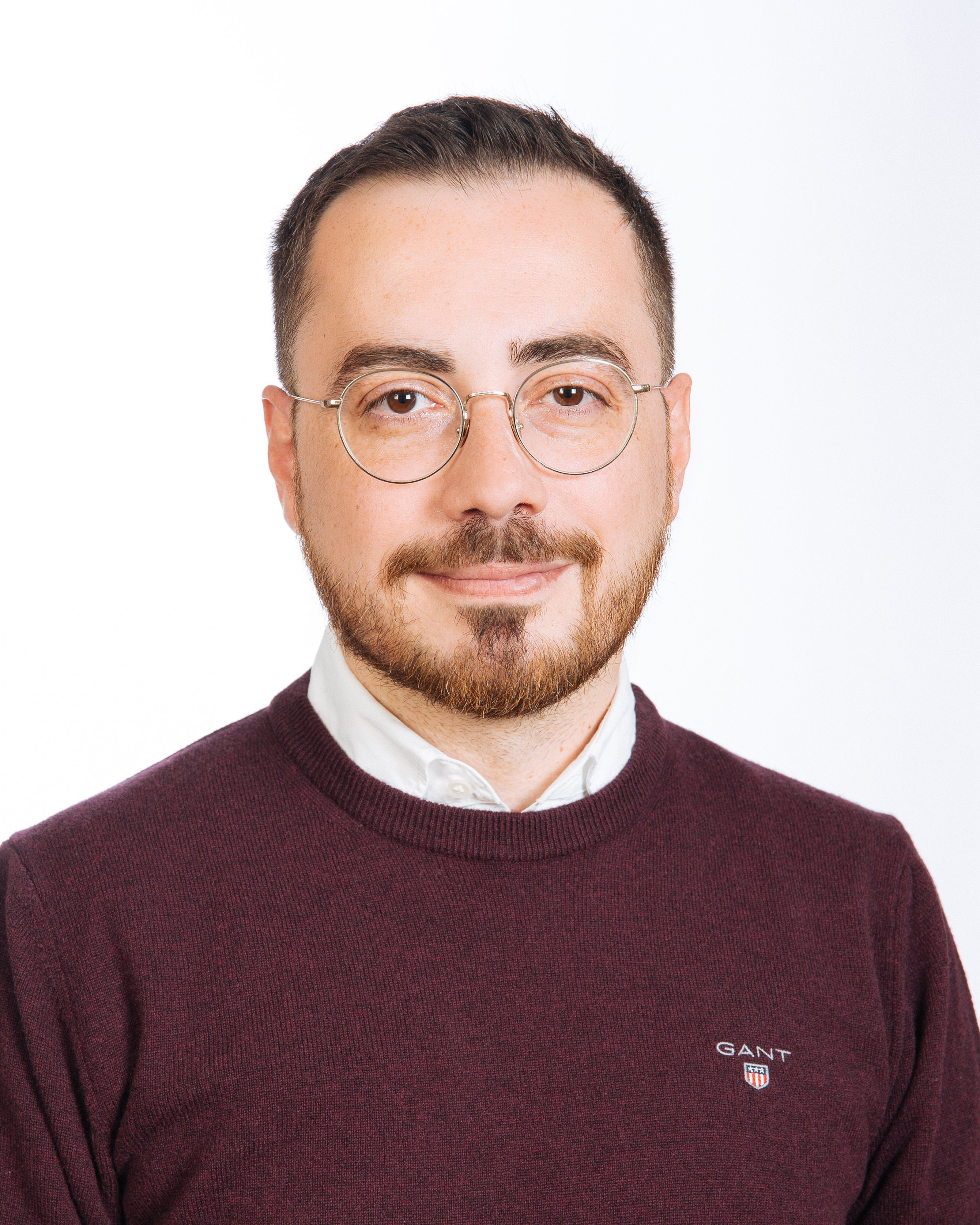
Dr Pavlos Tafidis is a Lecturer in Transport (Systems) Engineering at The School of Engineering, The University of Edinburgh. His work integrates various disciplines, enhancing his comprehensive approach to transport planning and engineering. He led the "BikeHood" project, supported by the Science Foundation of Ireland, which focused on developing Ireland's first cycling neighborhood. This initiative actively engaged communities in the design process, utilizing advanced technologies such as digital twins and virtual reality.
He has been involved in numerous national and international research projects that concentrate on smart and sustainable mobility, including the "REALLOCATE" project, supported by the Horizon 2020 framework, and "CISMOB", funded by Interreg Europe. His current research is dedicated to empowering citizens by developing accessible and inclusive mobility solutions. Through his work, he aims to provide equitable transport infrastructure that enhances urban livability and ensures sustainability for all.
PhD in Transport Engineering | Hasselt University (2022)
M.Sc in Transport Planning | Aristotle University of Thessaloniki (2015)
M.Eng in Transportation | Aristotle University of Thessaloniki (2013)
Member of the Technical Chamber of Greece
Member of the Association of Transportation Engineers of Greece
(CIVE10033) Transport Engineering 3
Role: Course Organizer
Programme: BEng/MEng Civil Engineering | School of Engineering
Years: 2024–present
(EFIE11345) Transport and Society
Role: Course Organizer
Programme: MSc Future Infrastructure, Sustainability and Climate Change | Edinburgh Future Institute
Years: 2024–present
(PGEE11263) Multi-Scale Energy Demand
Role: Lecturer
Programme: MSc Sustainable Energy Systems | School of Engineering
Years: 2024–present
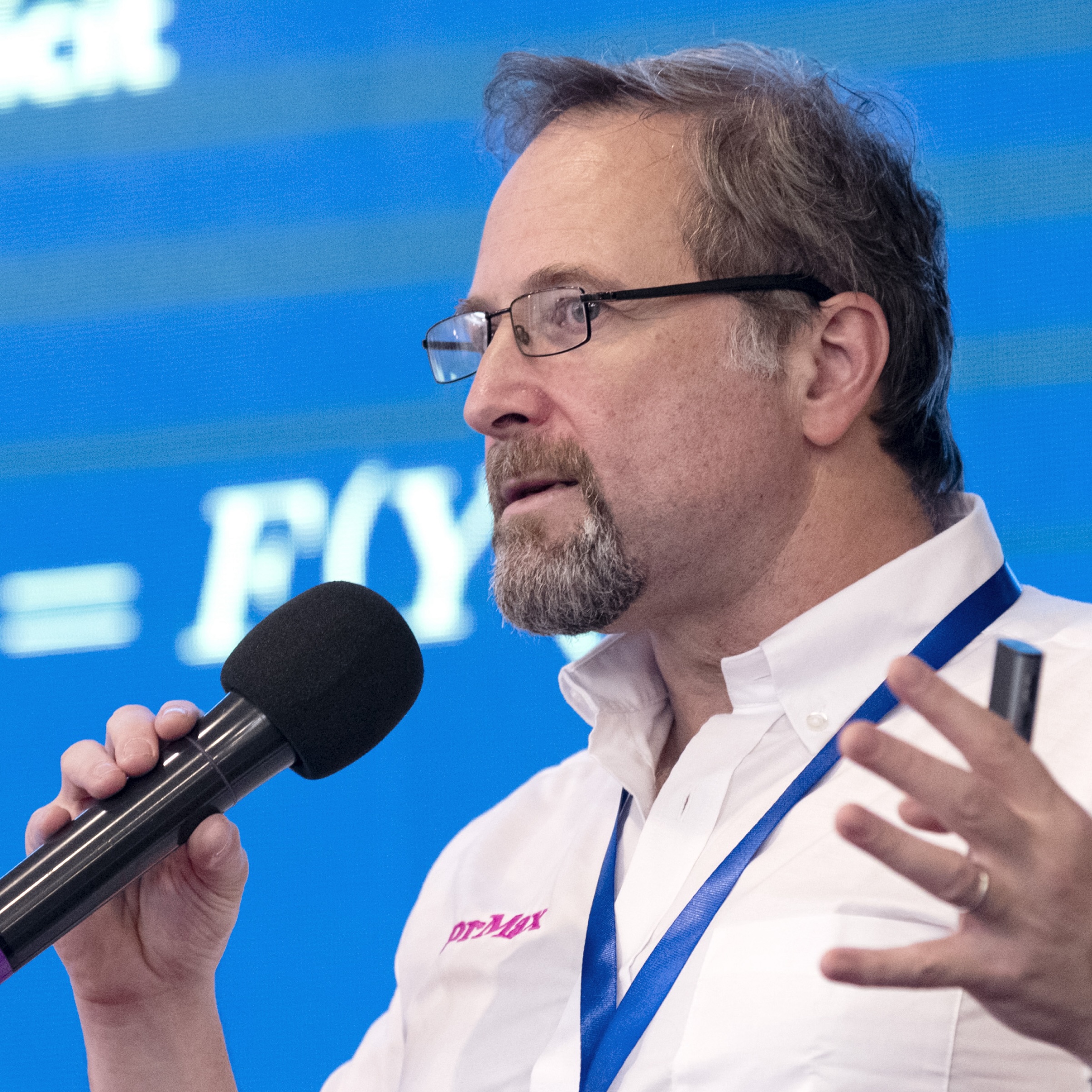
- D.Phil. in Electronics- University of York, UK, 1997
- University Degree (Ptychio) in Geology - Aristotle University of Thessaloniki, Greece, 1991
- Member of the European Association of Geoscientists and Engineers (EAGE)
- Member of the Society of Exploration Geophysicists(SEG)
- Engineering Geophysics
- Application of GPR for NDT of structures
- Computational Electromagnetics with emphasis in the FDTD method
- Numerical modelling of GPR
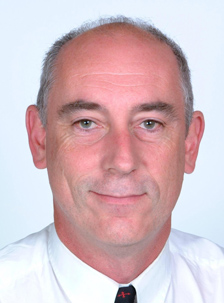
- 1978 BEng (1st class), Civil Engineering, University of Liverpool
- 1990 MA, University of Oxford
- 1982 PhD, University of Liverpool
- 2007 DSc, University of Oxford
- 1988 European Engineer, Eur Ing
- 2014 Fellow of Royal Academy of Engineering, FREng
- 1985 Chartered Engineer, CEng
- 2003 Fellow of Institution of Civil Engineers, FICE
- 2015 Fellow of Royal Society of Edinburgh, FRSE
- Coastal and Offshore Engineering
- Environmental Fluid Mechanics
- Marine Power Resource Assessment
- Alistair was Head of Civil & Environmental Engineering at University College Cork from 2011-13, where he was the Founding Director of the SFI Centre for Marine Renewable Energy Ireland.
- Alistair Borthwick is Professor of Applied Hydrodynamics at The University of Edinburgh, an Emeritus Fellow at St Edmund Hall, Oxford, and holds Adjunct Professorships at Peking University and NUI Galway.
- Alistair was the founding Chairman of the Editorial Board of the ICE Journal of Engineering and Computational Mechanics.
- Professor Borthwick's research interests include environmental fluid mechanics, flood risk management, coastal processes, offshore engineering, and marine renewable energy.
- Since 1998, he has collaborated with Peking University on all material fluxes in large rivers, and water and wastewater treatment technologies.
- Alistair Borthwick has almost 40 years' engineering experience. He helped design the Hutton Tension Leg Platform, which won the Queen's Award for Technological Achievement in 1984.
- He was previously Professor of Engineering Science at the University of Oxford, where he worked for 21 years from 1990-2011.
Sean is Professor of Future Construction and Director of Centre for Future Infrastructure, within the School of Engineering at the University of Edinburgh. He joined the University in June, 2020. He is a Fellow of the Institute of Acoustics, Fellow of the RSA and is an Honorary Fellow of RIAS.
From 1988 to 1992 he studied at Heriot-Watt University (BSc Building Economics & QS) and worked with Costain civil engineering on the Newport Bypass and Conwy submerged tunnel project. In 1992 he commenced an EPSRC funded PhD investigating complex vibration analysis for timber frame buildings using statistical energy analysis. The complex mathematical models were then applied to other structures and he took up a research associate post for 3 years jointly funded by EPSRC and Defence Evaluation Research Agency (DERA) investigating sound and vibration in rotary and fixed wing aircraft. Between 1994-99 he was an invited guest scientist at the government construction research laboratories in Canada (NRC), Italy (IENGF) and Germany (PTB). During his time in Italy and Germany he also led research into medical acoustics and the potential positive impact of sound and vibration stimuli on respiratory-cardio function for preterm infants, published in International Journal of Prenatal & Neonatal Medicine. In 2001 he joined RMP Acoustics and Napier University and was deputy director of the Building Performance Centre.
In 2002-04 he led the technical development of robust details for sound insulation for Part E of the building regulations, a complex project involving the design and construction of 1,400 new homes over 9 months with innovative acoustic engineering solutions. This led to a white paper before the UK Parliament published by Office of the Deputy Prime Minister. The designs, termed robust details for Part E regulations, have now been utilised in over 1 million UK homes and led to significant improvement in sound insulation and quality of life for home occupants.
From 2010 to 2020 he was Director of the Institute for Sustainable Construction managing 5 research centres involving offsite construction, energy, timber engineering, wood science technologies and noise & vibration. He was a founding member and led the UK consortia for the EU Cost Action (TU0901) involving 32 countries investigating future harmonisation of standards related to ISO 717. In 2009-2013 he led the Low Carbon Building Technologies Gateway applied research team, supporting with his colleagues over 200 new construction products and systems. He led the government review of the Scottish Offsite construction sector in 2012 and initiated the 11 universities partnership with industry to form the Construction Scotland Innovation Centre (CSIC). He led the £6M Housing, Construction & Infrastructure (HCI) Skills Gateway for Edinburgh & SE Scotland City Region Deal to support inclusive growth and future skills for construction, engineering and infrastructure. He has been an advisor to CEN and ISO committees and formed research networks with 40+ countries.
Key awards and nominations for the positive impact of applied research for industry, society and the environment include: Queens Anniversary Prize 2015, Queens Anniversary Prize 2009, Hon Fellowship of Royal Incorporation of Architects in Scotland, UK CIAT Centre of Excellence, Shortlisted for UK KTP of the Year 2013, First Proof of Concept for Construction (Scottish Enterprise) and over 40 project awards or nominations for industry joint projects including nominations for Housebuilding Product of the Year 2010, 2011, 2013.
His PhD supervision projects have included complex sound transmission in buildings, new refugee shelter designs and approaches, offsite construction, NDT of forest products to maximise engineering outcomes, design of new storm surge protection schemes developing the DAMMS framework and new resilient hanger solutions. His current research fields include resilience and infrastructure for coastal protection, large scale modular infrastructure approaches and ‘Horizon Net-Zero Carbon’.
He has led and co-invented 17 patented innovative construction products involving a range of companies including solutions for brownfield site substructure solutions, energy efficiency, structural enhancement for timber engineered systems and acoustic performance.
In 2018 he chaired the Scottish government working group on Future New Housing Construction Skills with the government report published in 2019 and recommendations were adopted in Programme for Government 2020. In 2020 he also contributed to the Scottish Construction Recovery Plan.
He currently serves on the Timber & Forest Industries Leadership Group (ILG), Construction Scotland (ILG) Skills Group, CSIC Innovation Champion and serves on a range of external committees and boards involved in innovation, construction regulatory compliance, housing, infrastructure and skills.
Published outputs and knowledge transfer activities include: 5 books involving sound insulation in structures, housing, technical standards and guidance documents; 9 government reports for 7 different UK/Scottish government departments, over 80 presentations to industry and government bodies, over 70 journal and invited conference publications.
- Bachelor of Science, Heriot-Watt University
- Doctor of Philosophy (PhD), Heriot-Watt University, Sound transmission in parallel plate structures
- Fellow of Higher Education Academy, FHEA
- Fellow of the Institute of Acoustics, FIOA
- Fellow of the Royal Society for Arts, Manufacturing and Commerce, FRSA
- Honorary Fellow - Royal Incorporation of Architects Scotland, HonFRIAS
